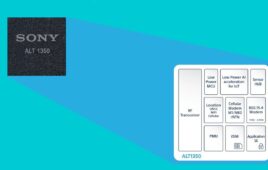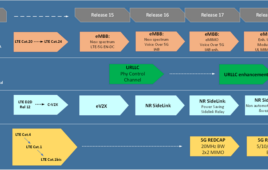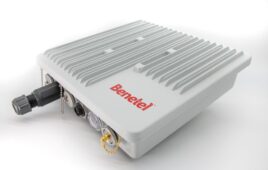After some initial launch delays due to language problems, Samsung artificial intelligence (AI) voice assistant Bixby has finally been released in more than 200 countries.
According to Samsung, Bixby capabilities have been extended to customers in the United Kingdom, Australia, Canada, and South Africa, among others. Rollouts in more countries and availability in new languages and on new applications are expected down the line.
“Now millions of customers worldwide have access to a new and intelligent way of interacting with their phone,” Samsung’s Head of R&D for Software and Services Injong Rhee commented. “The expansion of Bixby’s voice capabilities is an initial step in the continued rollout of Bixby functionality. In the future, Bixby will have the learning power to offer more intelligent and personalized interactions and seamless connections across more devices.”
Samsung’s Bixby technology was first unveiled during the Galaxy S8 launch back in March, and was touted as part of the company’s “bold vision of revolutionizing the human-to-machine interface.” But reports surfaced in April indicating Bixby wasn’t yet ready for its primetime debut due to the technology’s failure to pass internal voice technology tests at Samsung.
Samsung finally launched Bixby’s voice assistant capabilities in the United States and South Korea in July before following with this week’s expansion.
The announcement comes alongside news that Microsoft’s AI speech recognition technology has achieved a 5.1 percent word error rate, matching the score of human transcribers and beating out the 5.5 percent error rate posted by IBM’s speech recognition program (used in Watson). Microsoft said the new level of accuracy – achieved through tweaks to the neural net-based acoustic and language models – will be implemented in a number of services, including its Cortana virtual assistant.
More details on how Microsoft reached this milestone can be found on our sister site Product Design and Development here.
What makes Bixby different?
Unlike other AI assistants that can only support a handful of tasks for each application, Rhee said in March the goal is for Bixby to support almost every task an application is capable of via traditional touch screen interactions. Rhee said Bixby will also be able to understand the current context and state of each application to weave together both voice and touch interactions into one fluid interaction.
Additionally, Rhee said Bixby’s AI smarts will allow it to understand commands with incomplete information, and ask for next steps when it needs them.
“At its core, Bixby will help remove friction,” Rhee explained at the time. “It will simplify user education with new voice interfaces and will make using your phone even more seamless and intuitive.”
And Bixby isn’t just for Samsung’s smartphones. Rhee indicated the interface will “gradually” be incorporated into the company’s appliances as well.
More on how Bixby has the potential to turn Samsung smartphones into mobile ecosystem hubs here.




